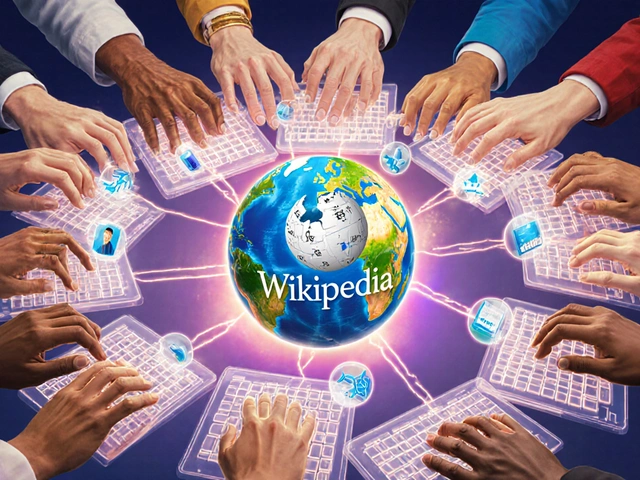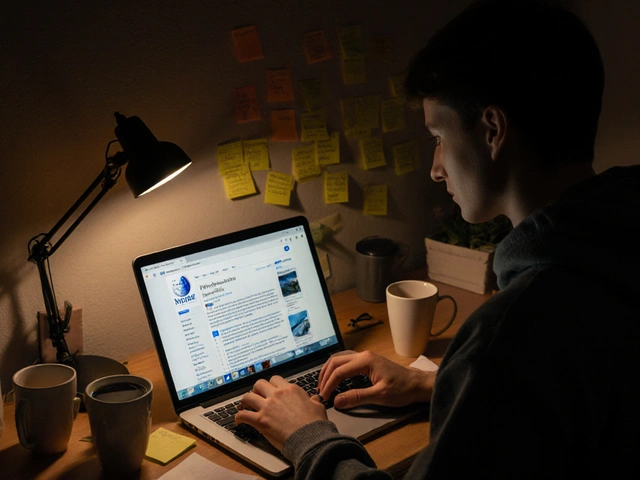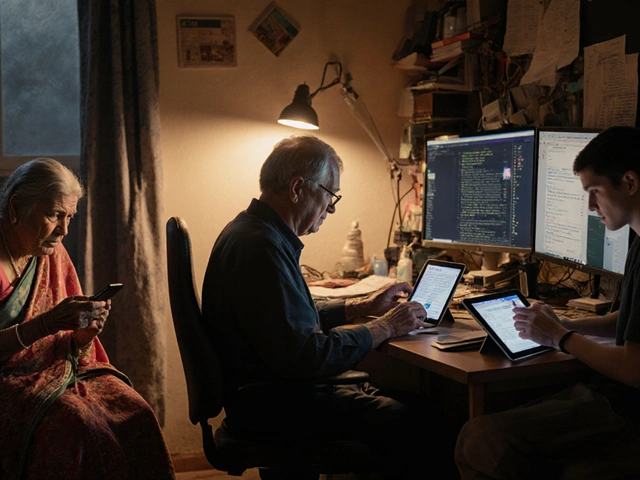Wikipedia watchlist: How editors track changes and protect article quality
When you add a page to your Wikipedia watchlist, a personalized tracking tool used by editors to monitor changes to specific articles. Also known as a monitoring list, it’s the frontline defense against misinformation, biased edits, and vandalism on one of the world’s most visited websites. It’s not just for experts—anyone who cares about accuracy can use it. Whether you follow your favorite band’s page, a local history article, or a breaking news topic, your watchlist shows you every edit in real time, so you can jump in and fix errors before they spread.
The Wikipedia watchlist, a personalized tracking tool used by editors to monitor changes to specific articles works alongside other core tools like talk pages, discussion spaces where editors debate content changes using reliable sources and WikiProjects, volunteer groups focused on improving articles in specific subject areas. These aren’t separate systems—they’re connected. A watchlist helps you notice when a WikiProject article gets edited, so you can check if the changes follow community guidelines. It also lets you respond quickly if someone reverts a well-sourced edit or adds unverified claims. Without watchlists, most of these fixes would happen by accident, not design.
Why does this matter? Because Wikipedia doesn’t have editors sitting in an office checking every change. It relies on thousands of volunteers keeping an eye on what matters to them. The watchlist turns passive readers into active guardians. You might not know who added that misleading sentence to the article on climate policy, but your watchlist tells you exactly when it happened—and gives you the power to undo it. This system scales because it’s decentralized. One person watches a page on Indigenous languages. Another watches a page on AI regulations. Together, they cover far more ground than any paid team ever could.
It’s not just about fixing mistakes. Watchlists help you learn. You’ll see how experienced editors cite sources, how disputes get resolved, and why some edits get reverted while others stick. Over time, you start to recognize patterns: which types of edits are most often vandalism, which sources are trusted, which topics attract the most conflict. That’s how you become a better editor—not by reading policies, but by watching what works in practice.
There’s no dashboard, no analytics, no notifications from an app. Just a simple list of pages and a timestamp for every edit. That’s the beauty of it. It’s low-tech, high-trust, and entirely community-run. And it’s why Wikipedia still holds up better than most AI-generated encyclopedias when it comes to accuracy. People are watching. And they care enough to act.
Below, you’ll find real stories from editors who use watchlists to protect article quality, spot emerging trends, and defend knowledge against misinformation. From tracking pandemic updates to stopping copyright violations, these are the quiet heroes keeping Wikipedia reliable—one edit at a time.
Watchlist Power Tips for Active Wikipedia Editors
Learn how to use Wikipedia's watchlist effectively to track edits, catch vandalism, and improve article quality with smart filtering, daily habits, and cleanup routines for active editors.






